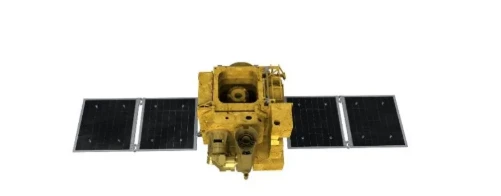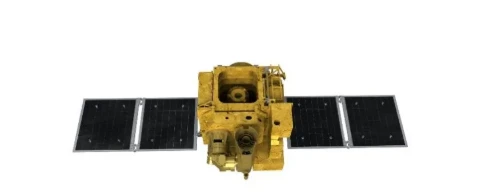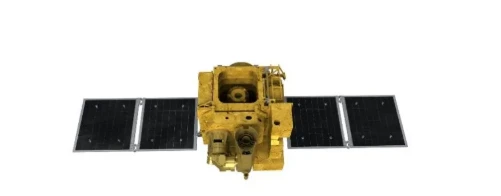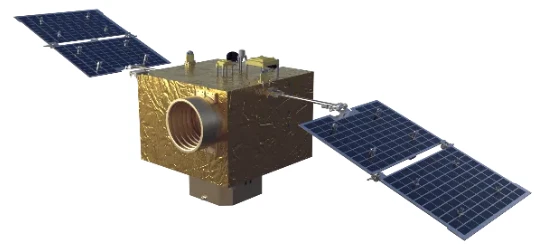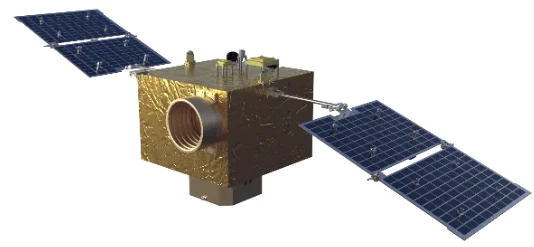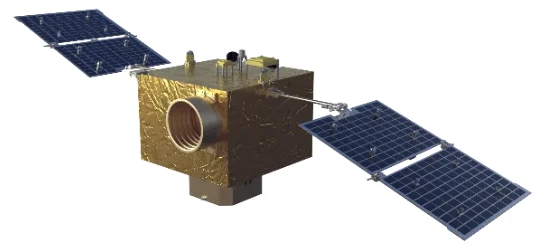
- Awherika
- Albanian
- Amharic
- Arapi
- Arameina
- Azerbaijani
- Basque
- Belarusian
- Bengali
- Bosniana
- Bulgarian
- Katarana
- Cebuano
- Haina
- Korihika
- Koroatiana
- Czech
- Teniana
- Tatimana
- Ingarihi
- Esperanto
- Estonian
- Finnish
- Wīwī
- Frisian
- Kariri
- Georgian
- Tiamana
- Kariki
- Gujarati
- Haiti Creole
- Hausa
- hawaii
- Hiperu
- Kao
- Miao
- Hungarian
- Tiorangi
- igbo
- Initonia
- Irish
- Itariana
- Hapanihi
- Hawaana
- Kannada
- Kazakh
- Khmer
- Rwandan
- Koreana
- Kurdish
- Kyrgyz
- Reipa
- Latina
- Latvian
- Lithuania
- Luxembourgish
- Makeronia
- Maori
- Malay
- Malayalam
- Marite
- Maori
- Mareti
- Mongolian
- Myanmar
- Nepali
- Norewai
- Norewai
- Occitan
- Pashto
- Pahia
- Porohia
- Potiti
- Punjabi
- Romanian
- Ruhia
- Hamoa
- Scottish Gaelic
- Serbian
- Ingarihi
- Shona
- Sindhi
- Sinhala
- Slovak
- Slovenian
- Somali
- Paniora
- Hatana
- Swahili
- Huitene
- Tagalog
- Tajik
- Tamil
- Tatara
- Telugu
- Thai
- Turiki
- Turkmen
- Iukereiniana
- Urdu
- Uighur
- Uzbek
- Vietnamese
- Welsh
- Awhina
- Yiddish
- Yoruba
- Zulu
The Role Of Satellite Platforms In Advancing Remote Sensing Technologies
As space technology progresses, satellite platforms have become fundamental in supporting diverse remote sensing missions. These platforms serve as the backbone for various payloads, enabling precise data acquisition critical for Earth observation, climate monitoring, and disaster response. Among these, cubesat platforms stand out for their compact size and versatility, revolutionizing access to space-based remote sensing.
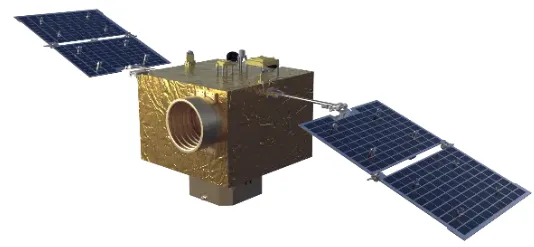
What Is A Satellite Platform And Its Function In Remote Sensing?
A tūāpapa amiorangi is the structural and functional system that carries and supports remote sensing instruments in orbit. It provides essential services such as power management, thermal control, attitude determination, and communication capabilities. In the context of satellite platforms in remote sensing, the design intricacies determine how effectively sensors can capture and transmit data back to Earth.
Large traditional platform satellites often host multiple sensors with extensive capabilities, covering wide geographic areas with high resolution. However, the rise of smaller, more agile cubesat platforms is expanding the scope and frequency of remote sensing missions, allowing for timely and targeted observations.
Advantages Of Cubesat Platforms In Remote Sensing
Cubesat platforms offer a cost-effective and flexible alternative to conventional satellite platforms. Their standardized size and modular components facilitate rapid development and deployment, making space more accessible to universities, startups, and research institutions.
Despite their small size, cubesat platforms are equipped with sophisticated sensors capable of producing detailed multispectral and hyperspectral images, vital for agriculture, forestry, and environmental monitoring. The ability to launch multiple cubesats in constellations enhances temporal resolution, providing more frequent data updates.
Integrating Satellite Platforms With Modern Communication Technologies
Effective remote sensing depends not only on the quality of data but also on the speed of data transmission. Many satellite platforms in remote sensing now integrate advanced communication systems such as satellite internet and VSAT, enabling near real-time data relay.
This integration facilitates rapid analysis and response, crucial for applications like disaster management and climate monitoring. As satellite platform in remote sensing technology evolves, it increasingly supports multi-mission payloads, adaptability, and enhanced connectivity through emerging satellite communication infrastructures.
In conclusion, satellite platforms, especially innovative cubesat platforms, are transforming remote sensing by improving data acquisition, increasing accessibility, and accelerating communication. The continued development of these platforms promises enhanced Earth observation capabilities, supporting a range of critical scientific and commercial applications.






